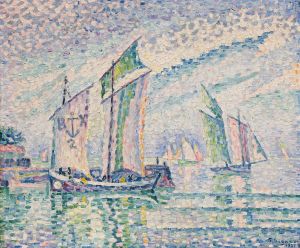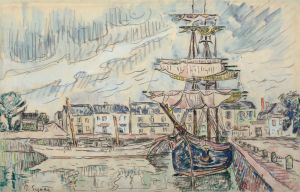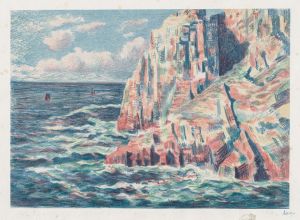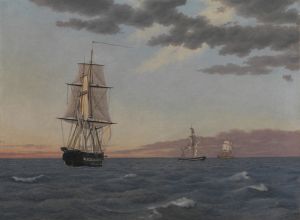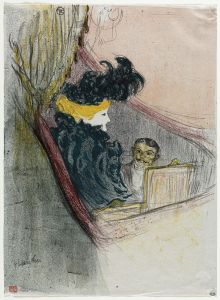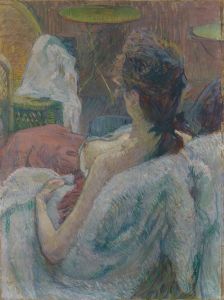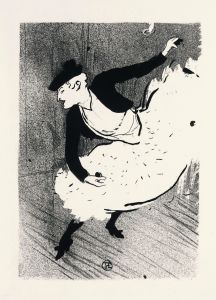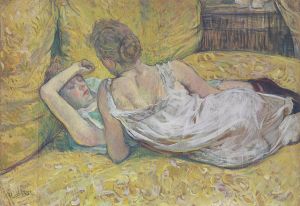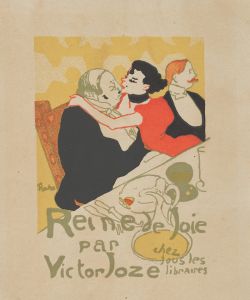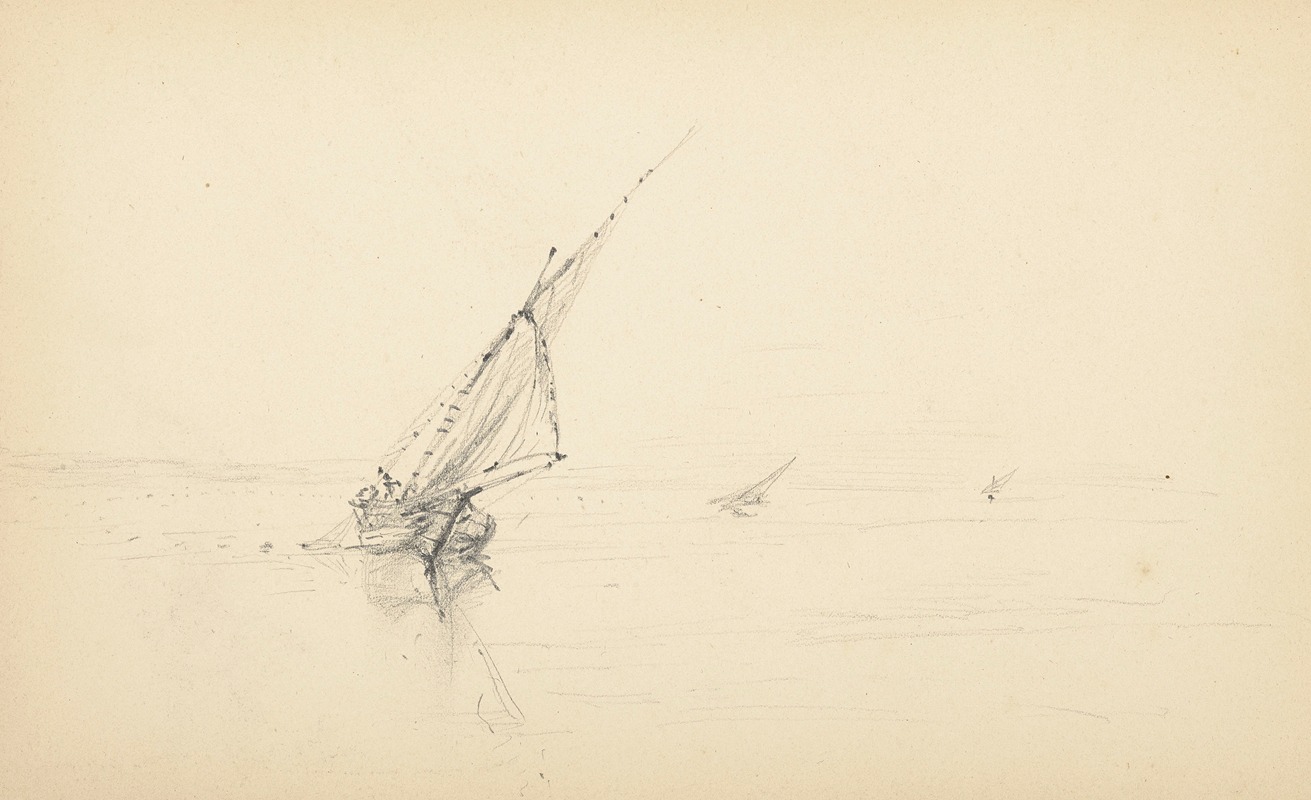
Voiliers
A hand-painted replica of Henri de Toulouse-Lautrec’s masterpiece Voiliers, meticulously crafted by professional artists to capture the true essence of the original. Each piece is created with museum-quality canvas and rare mineral pigments, carefully painted by experienced artists with delicate brushstrokes and rich, layered colors to perfectly recreate the texture of the original artwork. Unlike machine-printed reproductions, this hand-painted version brings the painting to life, infused with the artist’s emotions and skill in every stroke. Whether for personal collection or home decoration, it instantly elevates the artistic atmosphere of any space.
Henri de Toulouse-Lautrec, a prominent French painter, printmaker, and illustrator, is renowned for his vivid portrayal of the bohemian lifestyle in late 19th-century Paris. Among his extensive body of work, "Voiliers" is one of the pieces that reflects his unique artistic style and keen observation of the world around him. However, detailed information specifically about the painting "Voiliers" is limited, and it is not as widely documented or studied as some of his other works, such as his depictions of the Moulin Rouge or his portraits of Parisian nightlife.
Henri de Toulouse-Lautrec was born on November 24, 1864, in Albi, France, into an aristocratic family. Despite his noble lineage, Lautrec is best known for his immersion in the vibrant and often gritty world of Montmartre, a district in Paris known for its bohemian culture and as a hub for artists, writers, and performers. His career was marked by a distinctive style that combined elements of Impressionism and Art Nouveau, characterized by bold colors, dynamic compositions, and an emphasis on capturing the essence of his subjects.
Lautrec's work often focused on the human figure, capturing the personalities and emotions of his subjects with remarkable clarity and empathy. He had a particular interest in the theatrical and entertainment scenes of Paris, frequently depicting dancers, singers, and other performers. His ability to convey movement and atmosphere made his works stand out, earning him a lasting place in the history of art.
While "Voiliers" itself is not extensively documented, the title suggests a nautical theme, as "voiliers" translates to "sailboats" in English. This indicates that the painting likely features sailboats, possibly capturing a scene of maritime activity. Lautrec occasionally explored themes beyond the nightlife of Paris, and it is plausible that "Voiliers" represents one of these explorations. However, without specific historical records or detailed analysis of the painting, it is challenging to provide a comprehensive description or interpretation of its content and significance.
Toulouse-Lautrec's life was tragically short; he died on September 9, 1901, at the age of 36, due to complications related to alcoholism and syphilis. Despite his brief career, he left behind a substantial legacy, influencing future generations of artists and contributing significantly to the development of modern art. His works are celebrated for their innovative use of color and form, as well as their insightful portrayal of the human condition.
In summary, while "Voiliers" by Henri de Toulouse-Lautrec is part of his oeuvre, specific information about this painting is scarce. Lautrec's broader body of work, however, continues to be celebrated for its artistic innovation and its vivid depiction of the cultural life of Paris at the turn of the century.





